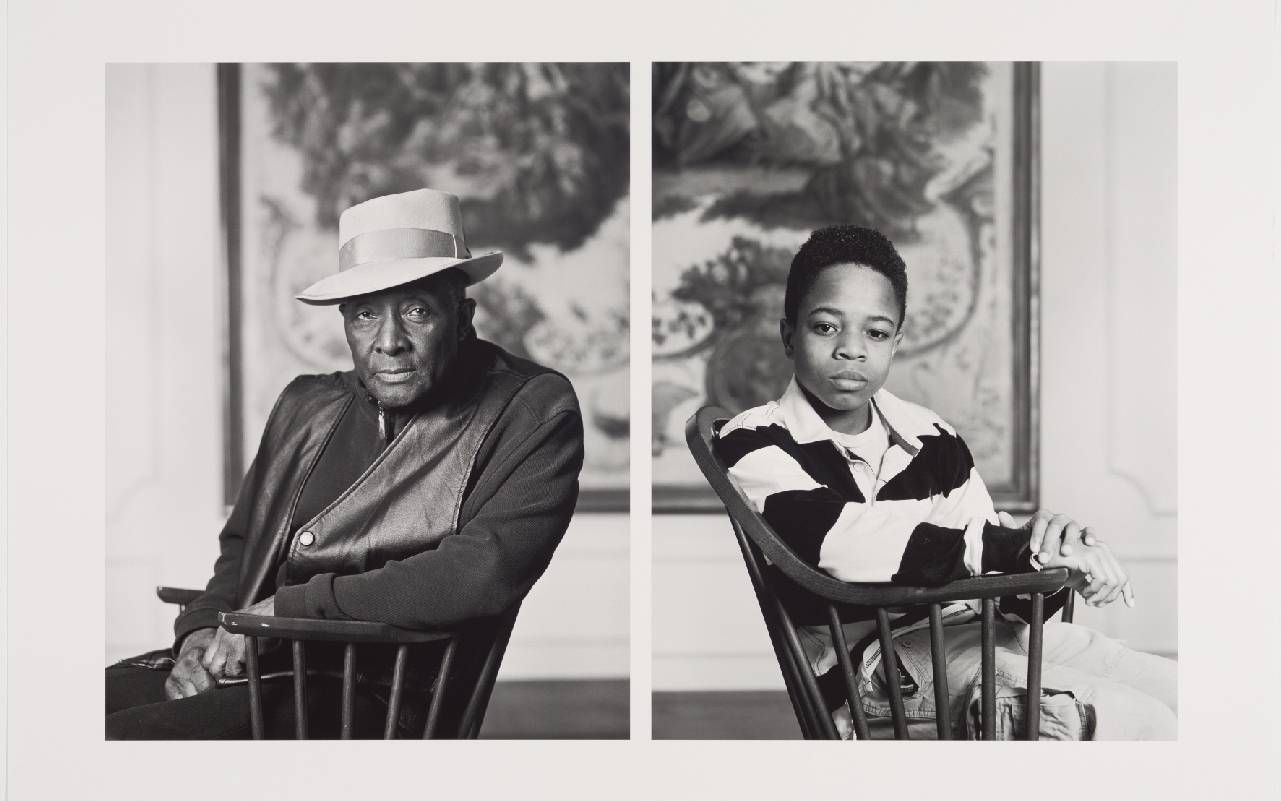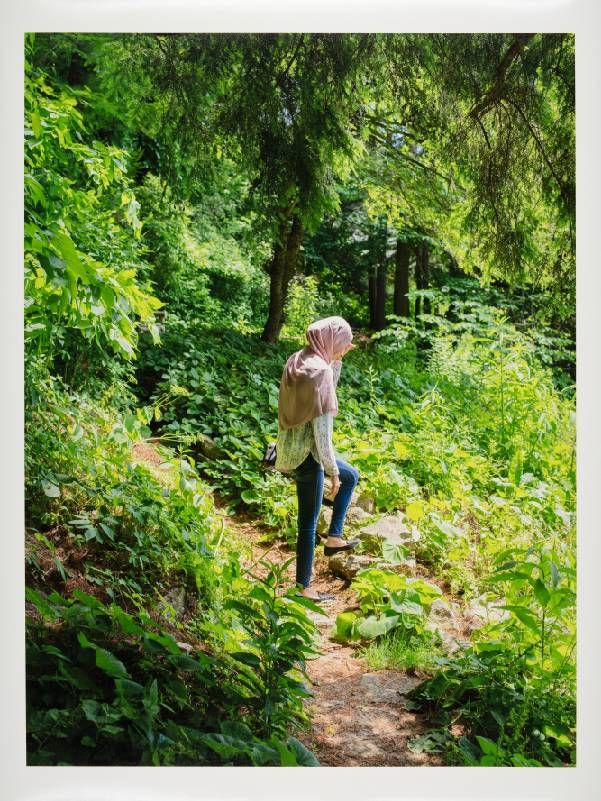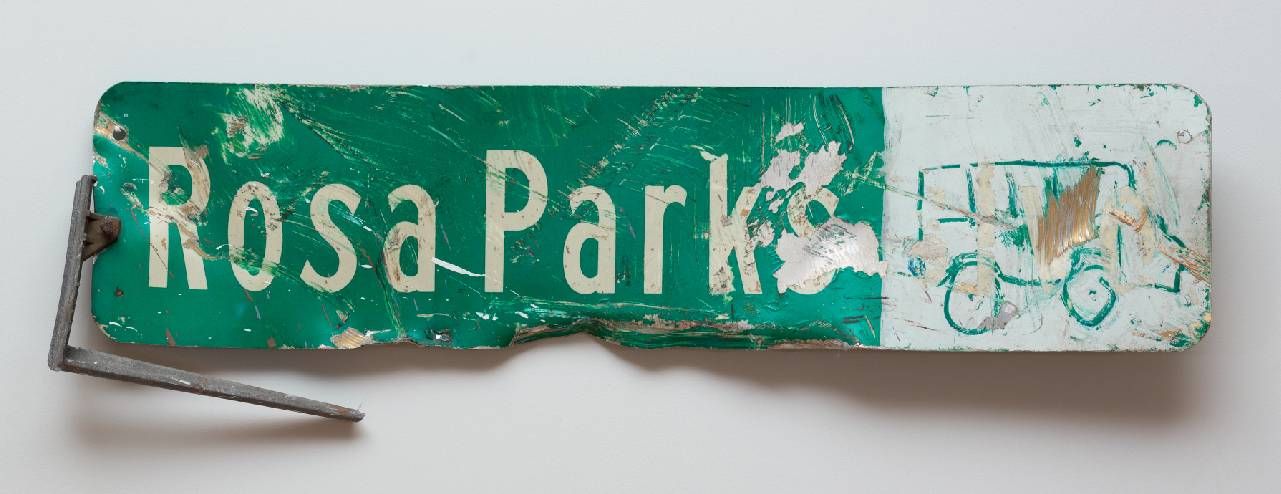Photography: Part of the Big Picture at the Detroit Institute of Arts
The museum also houses 100 galleries and takes part in touring exhibits
When photography was invented in France in the 1820s, some artists predicted — even feared — that it would in time take the place of painting. That didn't happen, but photographers around the world consistently have recorded images that reveal us to ourselves, move us emotionally and upend our expectations.

The Victoria and Albert Museum in London claims to have mounted the first photography exhibit in 1858. More than six decades later, photographer Alfred Stieglitz donated some of his work to the Museum of Fine Arts in Boston, and the Museum of Modern Art in New York City began collecting photos in 1930. Five years later, when the San Francisco Museum of Modern Art opened, photos by Ansel Adams, Imogen Cunningham and Edward Weston formed the core of the museum's collection. Today, all museums recognize photography as an important art form.
"To me, photography has always been an art form in and of itself, media used as creative expression."
"To me, photography has always been an art form in and of itself, media used as creative expression," said Nancy Barr, curator of photography and department head at the Detroit Institute of Arts (DIA). Barr curated "Conscious Response: Photographers Changing the Way We See," now on display through Jan. 8. "Photos in this exhibit are by photographers from different generations, backgrounds, genders and races, all looking at the world through their own lens and broadening our perspectives on people, places and things."
Some 75 photos, made by 25 artists between the 1950s and the present day, are in the show. Works by Diane Arbus, Bruce Davidson, Robert Frank, Gordon Parks, twins Doug and Mike Starn and Hiroshi Sugimoto are included, as are photos by emerging and mid-career artists Genesis Báez, Brian Day, Merik Goma, Jarod Lew, Jova Lynne and Millee Tibbs. Many of the photos were donated; others are recent acquisitions that have not been on view before.
'Artists Use Photography in Different Ways'
Six of Dawoud Bey's photos from his "Birmingham Project" series are on display in "Conscious Response." The photos are tributes to the lives of the four girls and two boys who died Sept. 15, 1963, when white supremacists bombed the Sixteenth Street Baptist Church in Birmingham, Alabama.
"Bey created diptych portraits that show one person at the age one of the children would be now, had the killings not occurred, and a second person the age of one of the children when they died," Barr said. "At first, visitors think they are looking at family portraits, but when they read about the series, they start to talk about the bombing. That's one way a photo can make you see something differently, bring you into the realm of focus around a subject such as social justice."
Al Qasimi spent a monthlong residency photographing Dearborn's Muslim community, one of the largest in the country.
Farah Al Qasimi's "Sally at the Ford Estate," from 2019, shows a young Muslim woman, veiled and wearing jeans, in the garden at Ford House in Dearborn, Michigan, the former estate of Ford Motor Company founder Henry Ford and his wife, Clara. Born in Abu Dhabi and brought up in the U.S., in 2020 Al Qasimi spent a monthlong residency photographing Dearborn's Muslim community, one of the largest in the country.
"We also have a photo of Machu Picchu by Japanese photographer Kenzo Izu," Barr said. "He has traveled the world in search of sacred places, looking to capture a spiritual message and also to help us realize these ancient sites are not all permanent and some show decay." A photo by Corine Vermeulen, a native of the Netherlands who lives in Detroit, portrays El Poblado, a vibrant neighborhood in Medellín, Colombia.
"LaToya Ruby Frazier spent five years photographing Black residents in Flint, Michigan, and we have a picture of a family dressed for a wedding. Next to it is an aerial view of the Flint water treatment plant at the height of the water crisis," Barr said. Landscapes, some mixed genre photos and some photo journalism work round out the show.
'Rethinking Monuments' Exhibit Goes on Tour

Founded in 1885, the DIA's collection boasts more than 65,000 works housed in a 658,000-square-foot Beaux-Arts building. The museum owns Diego Rivera's "Detroit Industry" murals, 27 panels that show work at the Ford Motor Company, and Vincent van Gogh's "Self-Portrait" from 1887, the first of his self-portraits to enter a U.S. museum collection. That painting is the centerpiece of "Van Gogh in America," a new exhibit on display at DIA through Jan. 22.
Not all the museum's art stays in the building. Currently, some works are part of "Rethinking Monuments: American Sculptures in Its Time," an exhibit touring Michigan through the Art Bridges Initiative. Developed by the DIA, the Krasl Art Center in St. Joseph, the Marshall M. Fredericks Sculpture Museum in Saginaw and the Grand Rapids Art Museum, the exhibit showcases 19 sculptures made by American artists between 1850 and 2000.
Ben Colman, curator of American art at the DIA, recalled that as curators at the four museums developed "Rethinking Monuments" in 2020 and 2021, they talked about the urgent debates around the country about monuments that some said misrepresented history. That discussion brought to mind "Pulling Down the Statue of King George III," a painting by Johannes Adam Simon Oertel from 1852 or 1853.
Whetting the Public's Appetite for Art
"What artists depict, erase or ignore has been contested, debated and confronted since before the U.S. was the U.S. — it's never not been debated, though the questions are always rooted in different sets of contemporary concerns," Colman said. "That helped us crystallize our thinking, and we decided to look at how sculptors from the mid-19th century to the present day have played roles in shaping history."
"Rosa Parks, Heidelberg Fragment," from 1986 is part of "Rethinking Monuments." Artist Tyree Guyton, who lives in Detroit, found the battered sign and added a line drawing of a bus. "The sign comes from the artist's Heidelberg Project, a large-scale sculptural installation in a Detroit neighborhood that has seen radical depopulation and disinvestment," Colman said.

"Rethinking Monuments" is DIA's second touring exhibit through Art Bridges, which is based in Bentonville Arkansas. Arts patron Alice Walton, founder of Crystal Bridges Museum and The Momentary, started the foundation in 2017. "The DIA collaborated with Art Bridges on pilot programming that built on decades of our experience sending exhibitions to art centers, museums and galleries around Michigan. That's not unheard of, but it's not common," Colman said.
The touring exhibit is one more way to whet the public's appetite for art, he added. "More than offering concrete answers, this exhibit introduces a set of questions visitors can carry with them as they think about how artists represent the past and the present."


